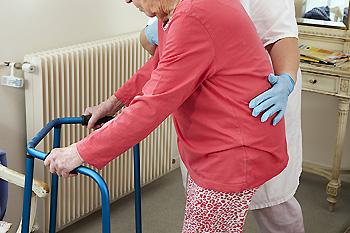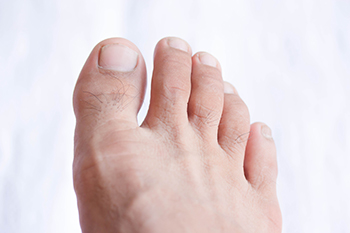
Many people have foot pain for various reasons. Often, resting the foot can reduce the pain and discomfort, however, it is beneficial to know the cause behind it. Wearing shoes that do not fit correctly is a common reason to experience foot pain, and can easily be remedied when the right size shoes are worn. Patients who are overweight may develop heel spurs and plantar fasciitis. These are uncomfortable conditions that may come from the excessive weight which is placed on the heel. There are certain medical conditions that may also lead to foot pain. These can consist of gout which is a form of arthritis, circulation or nerve issues, or flat feet. If you have foot pain for any reason, it is strongly urged that you are under the care of a chiropodist who can effectively determine the cause, and offer correct treatment options.
Foot pain can have many causes. To receive an accurate diagnosis and treatment for your foot pain, please consult with one of the chiropodists from The Footcare Centre. Our chiropodists will assess your condition and provide you with quality foot and ankle treatment.
Causes
There are a variety of different conditions that can cause foot pain, including:
Plantar fasciitis
Deformities, such as bunions or hammertoes
Injuries to the muscles, bones, tendons, or ligaments in the feet
Arthritis
Flat feet
Ingrown toenails
Symptoms
The type and location of your foot pain can help determine what may be causing it and what type of treatment options are best for you.
Common types of foot pain include:
Heel pain
Arch pain
Toe pain
Ball of foot pain
Pain that has a stabbing, burning, or tingling quality
Pain that is constant, intermittent, or that gets better or worse depending on the situation
Diagnosis
A thorough medical history and physical examination of your feet will be required to determine a diagnosis. Imaging studies, such as X-rays or MRIs may be performed to rule out or confirm certain diagnoses.
Treatment
Treatment will depend on the cause of the pain. Common treatments for foot pain include resting, icing, compressing, and elevating the affected foot, wearing orthotics, or taking anti-inflammatory medications.
If you have any questions, please feel free to contact our office located in . We offer the newest diagnostic and treatment technologies for all your foot care needs.









